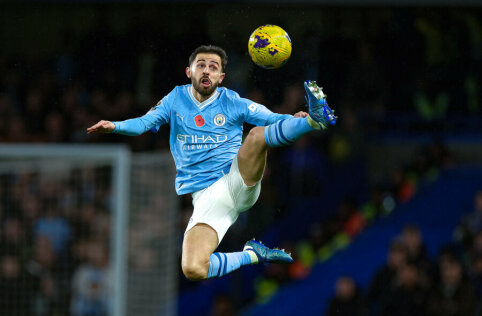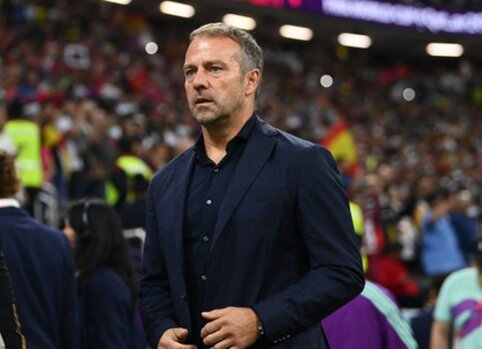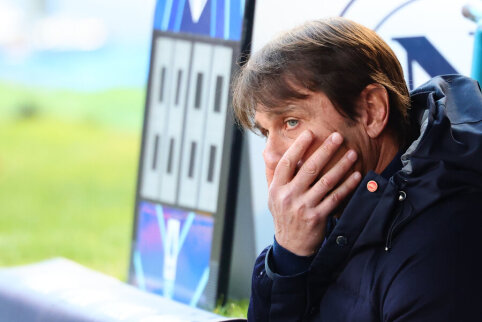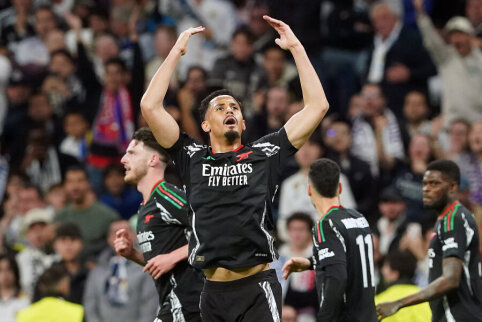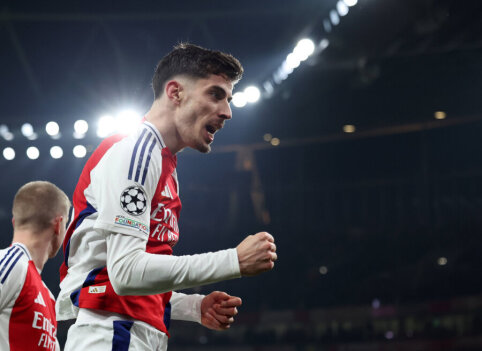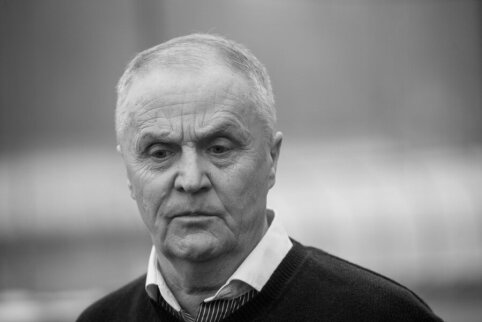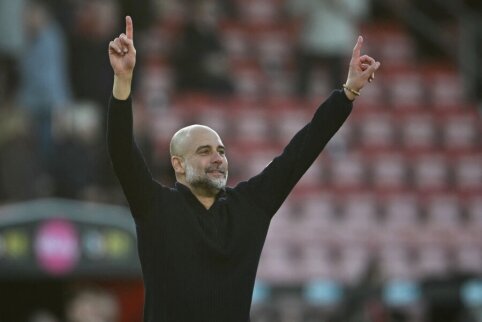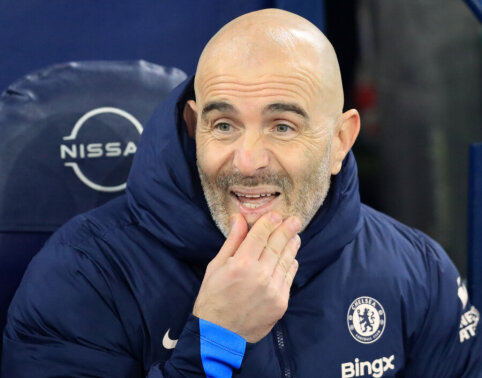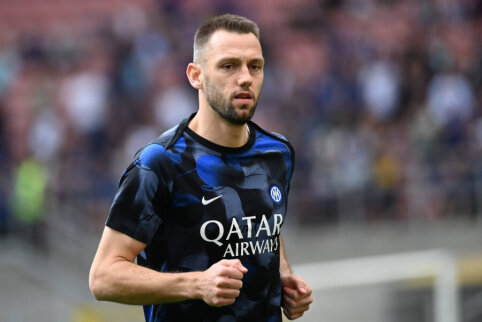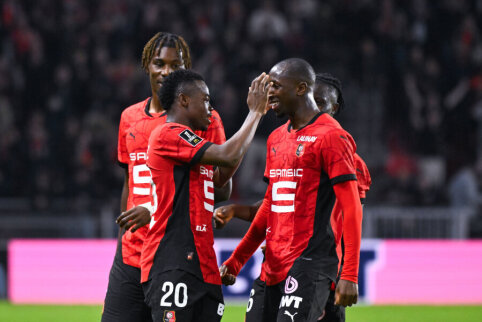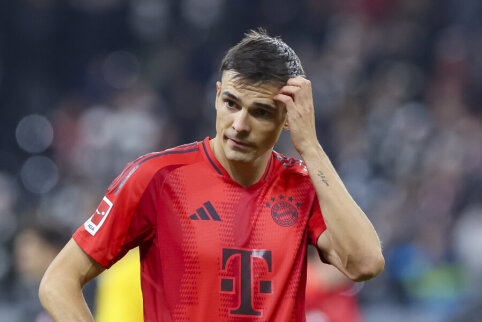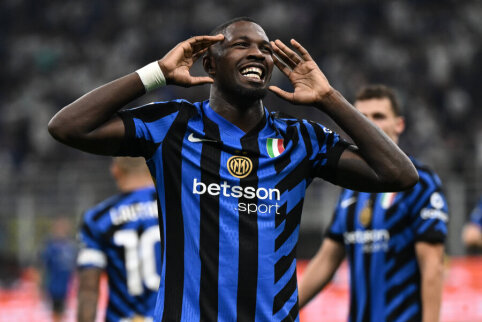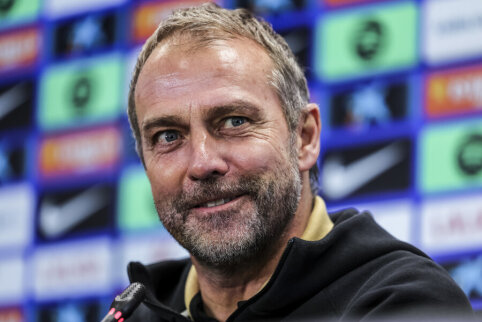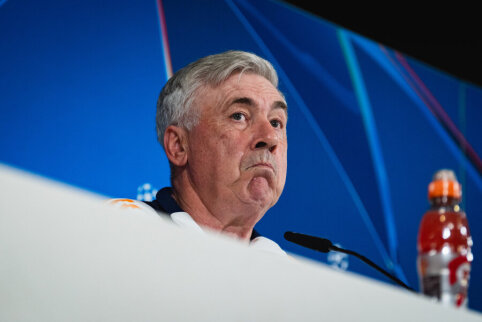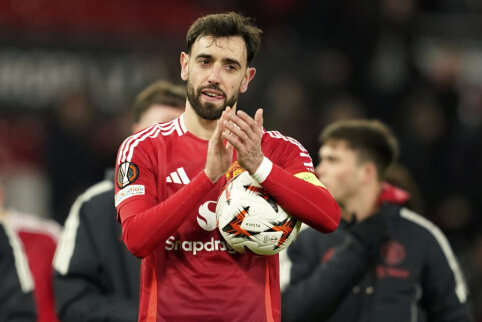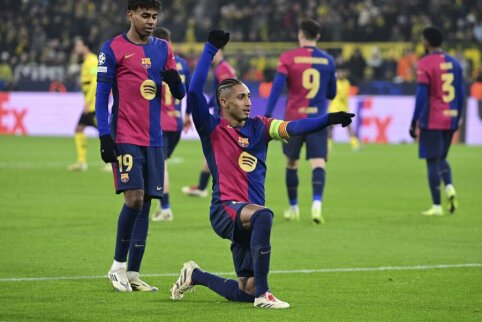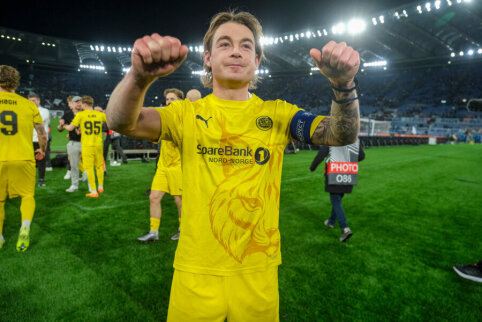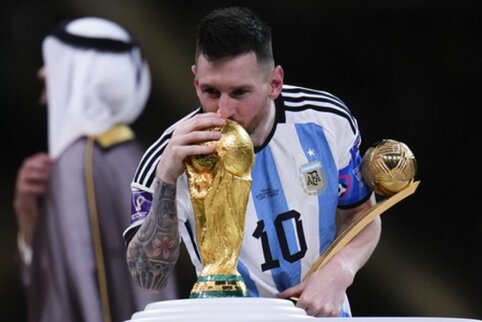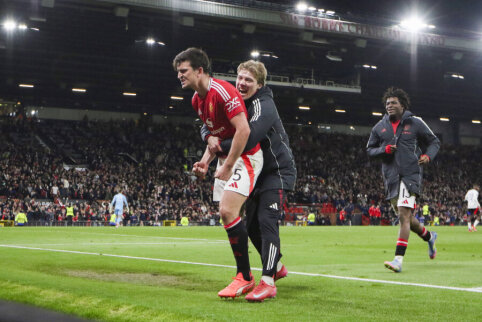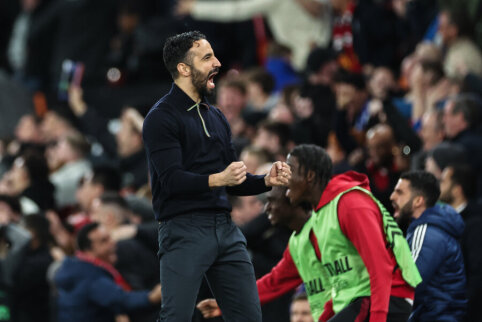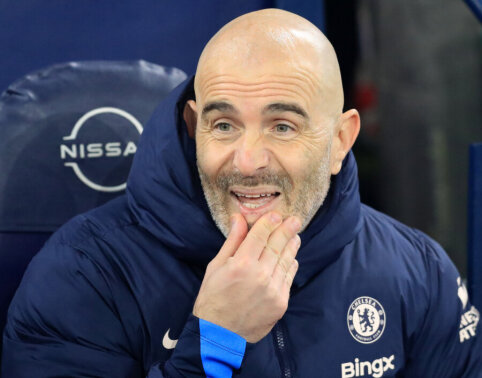 © EuroFootball.com
© EuroFootball.com
"Tribune" - the fifth part of the series of articles about historical World Cup stadiums. This time, website visitor JC Denton presents an article about the history of the Wankdorf Stadium, where the 2008 European Championship matches will be held. 1954. Switzerland. The ugly duckling turns into a swan. We know quite a lot about Switzerland. Some of us appreciate their clocks, knives, and accessories, others - the delicious chocolate, some - reliable accounts in the most solid banks, fourth - the beauty of the Alps and the emerald lakes nestled in them, fifth - the state's democratic traditions and its contribution to European cultural heritage. There are even those who sympathize with Swiss football, which indeed has commendable achievements in international state and club competitions. However, if there were experts who knew what the Wankdorf Stadium is, all that would be left to say in front of us is a real football expert (this certainly does not need to be said about the author of the article, for whom the Wankdorf theme is just a part of the planned work). Meanwhile, the Swiss would consider such a question at least impolite and offensive. Wankdorf is the heart of Swiss football for them, beating with stronger or weaker beats for more than 80 years. Stadium's birth The history of the stadium began in 1925. Built in a relatively short 7-month period, the arena rose in the northern suburb of Bern, the capital of Switzerland. The architecture of the building, even considering the mentioned period, seemed quite modest - 22,000 seats. Of these, there were only 1,200 covered seating places. The shape of the arena resembled a large rectangular box with rounded corners. Its sides were made up of almost equally long stands. 1925. On the occasion of the opening of the Wankdorf in November 1925, the home team did not disappoint the fans and defeated the Austrian team 2-0. In the same year, the football team "Young Boys," founded in 1898, moved to the arena. Thus, Wankdorf became the main arena of the Swiss Super League. The friendship between the team and the stadium, which has been going on for more than 80 years, is one of the longest in club football history. Over the years, the stadium has been modernized several times. In 1937, the number of seats (standing) reached 42,000. An additional football training ground was built next to it, and a part of the southern stands was covered by a roof. As the 1954 World Cup approached, the arena underwent a major renovation. A giant with 64,000 seats grew out of the old Wankdorf. However, even with 54,000 seats were of standing type. Hungarian tragedy at Wankdorf In the World Cup, the Swiss team surprised many football experts, crushing the Italians 4-1 in the additional match to advance to the quarterfinals. Even more impressive match took place a few days later in Lausanne. The hosts had a 3-0 lead against Austria in the 20th minute of the first half. It seemed that the match would end with a complete defeat for the visitors. However, in the remaining 25 minutes, the Wunderteam struck the hosts with five goals. The "Sons of the Alps" psychologically collapsed and lost the most goal-scoring World Cup match in history with a score of 5-7. This meant that in the semifinals and final, the Swiss would no longer need the fortress of Wankdorf. Despite the hosts' failure, Wankdorf stadium was in the world's attention on July 4, 1954. In the final match between the miraculous Hungarians and the athletic Germans, a new planet champion was to be determined. Similarly, as four years ago, almost everyone predicted a victory for the Hungarians, whispering about the Germans half-heartedly. The then President of Hungary and an official delegation came to witness the football triumph of their country. Unfortunately, the football gods were merciless to the favorites. In the dramatic match, the tenacity of the Germans bore golden fruit. 1954. The final left heavy impressions on Hungarians at Wankdorf. It is worth noting that in addition to sporting passions, the final also involved political interests. The confrontation between socialist Hungary and capitalist Germany was one of the important accents of the escalating Cold War. Colliding in the Wankdorf wind, the dream era of the Hungarian team came to an end. Here, the world saw the phenomenal performance of the "Mighty Magyars" for the last time. After the World Cup, for almost half a century, Wankdorf actively "wrote" the history of local and international football. Super League matches were constantly held here, National Cup finals, the "Young Boys" played and various European tournaments took place. In 1961, the European Cup final was held at the Wankdorf stadium. In the dramatic match, "Benfica" defeated the "Barcelona" team 3-2. In the 1980s, following FIFA requirements, all stadium seats became seated. This reform halved the capacity of Wankdorf - from the former 64,000 seats, there were only 28,000 left. Nevertheless, in 1989, an elderly stadium witnessed another impressive sight - the Cup Winners' Cup final. After almost 30 years, the fortune of Wankdorf finally smiled upon "Blaugranas," who defeated Genoa's "Sampdoria" 2-0. Stadium's present and future Since 1994, the City of Bern and the management of the "Young Boys" have been planning ambitious plans to completely renovate the stadium. The crumbling sports veteran, located in the economically strong capital city, has caught the eye of visitors not only in the last decade, but the confusing issue of the stadium's concession, and even significant Swiss investments delaying the start of the arena's modernization, into an indefinite future. Finally, in June 2001, the last Super League match was played at the "old good" Wankdorf. Just two months later, the arena was demolished. The last days of the old Wankdorf. Having reached the beginning of the third millennium, the stadium was closed for almost four years. The architectural part of the building was planned by the AG Marazzi Generalunternehmung company. The contours of the new arena essentially match the stripes of the classic Wankdorf. The field area of the stadium is 102 x 68 meters, the altitude is 505 meters above sea level. The estimated value of the stadium works is 340 million euros. The capacity of the arena is 31,700 spectators. All stands are covered with a fixed roof. The stadium complex also includes a dozen offices, shops, and two sports schools. The first match at the new Stade de Suisse du Wankdorf was held on July 15, 2005. In a friendly match, the home team BSC "Young Boys" lost to the "Marseille" team. The match was watched by a "test" audience of 14,000 fans. The new Wankdorf Stadium's quirks Seat of honor Among almost 32,000 black and yellow (Young Boys colors) arena seats, there is one red chair. It does not have any number, tickets are never sold for it. This chair is dedicated to the legendary player and president of BSC "Young Boys" W. Eich. During the matches, this seat is either empty, or it is occupied by the city's or club's honored guests. Solar power plant The expensive building has the largest solar power plant in Europe mounted on its roof. More than 8,000 square meters of solar panels sensitive to the sun absorb sunlight. The value of this project is 7.5 million euros. The stadium power plant produces over 700,000 MWh of electricity per year. This amount is sufficient not only for the complex but also for the annual needs of two hundred neighboring buildings. Solar absorbing panels Once angular, gray, and worn, Wankdorf today, like the swan in Andersen's tale, overshadows all other arenas in Switzerland. Modern, beautiful, and rejuvenated, the stadium welcomes the 2008 European Championship with cheerful moods. The first article in the series: 1930 Uruguay. Estadio Centenario - a state symbol. The second article in the series: 1934 and 1990 Italy. Stadio Nazionale/Olympico. The stadium died, long live the stadium! The third article in the series: 1938 France. The almost-forgotten Colombes... The fourth article in the series: 1950 Brazil. Simply Maracana."
